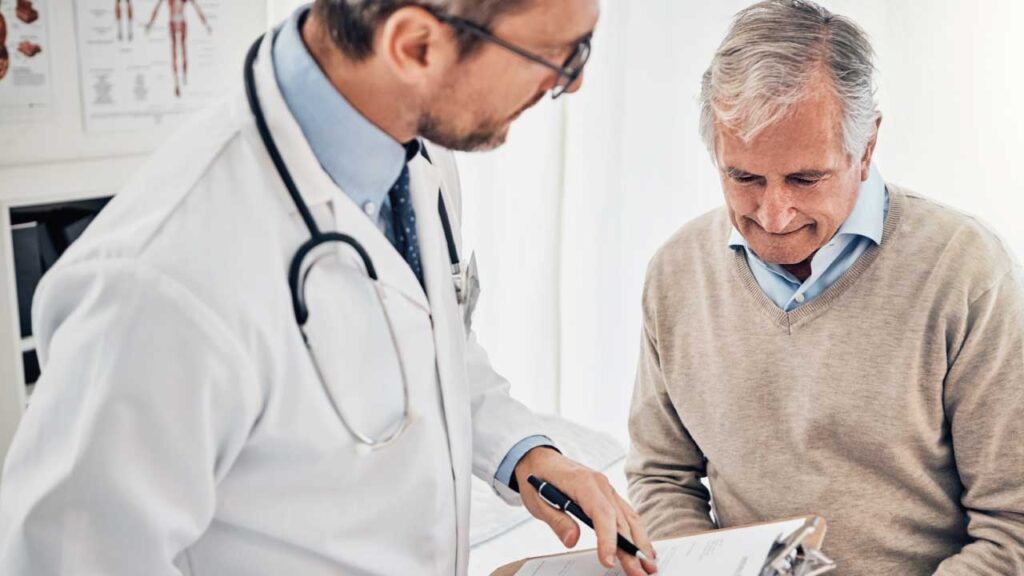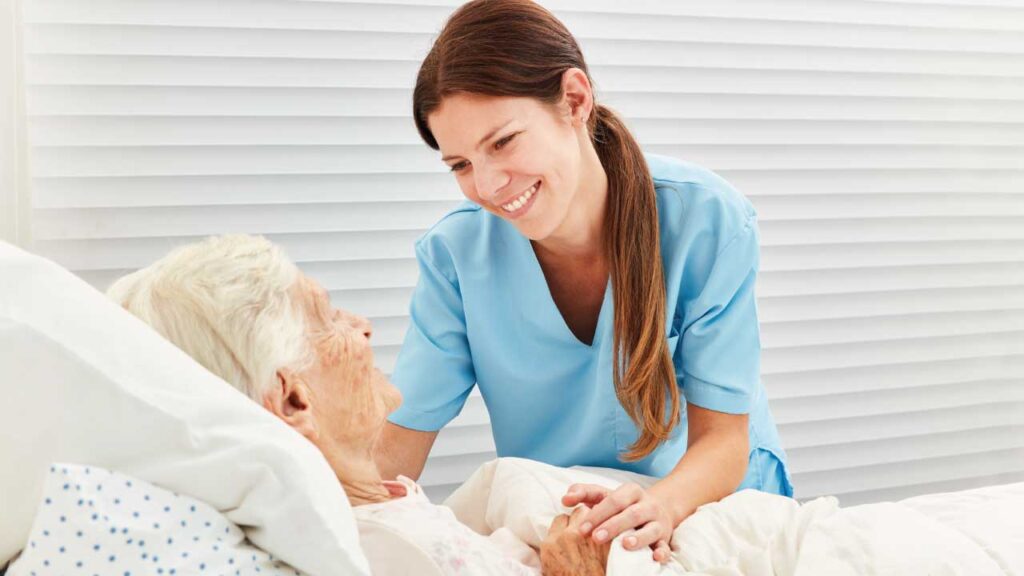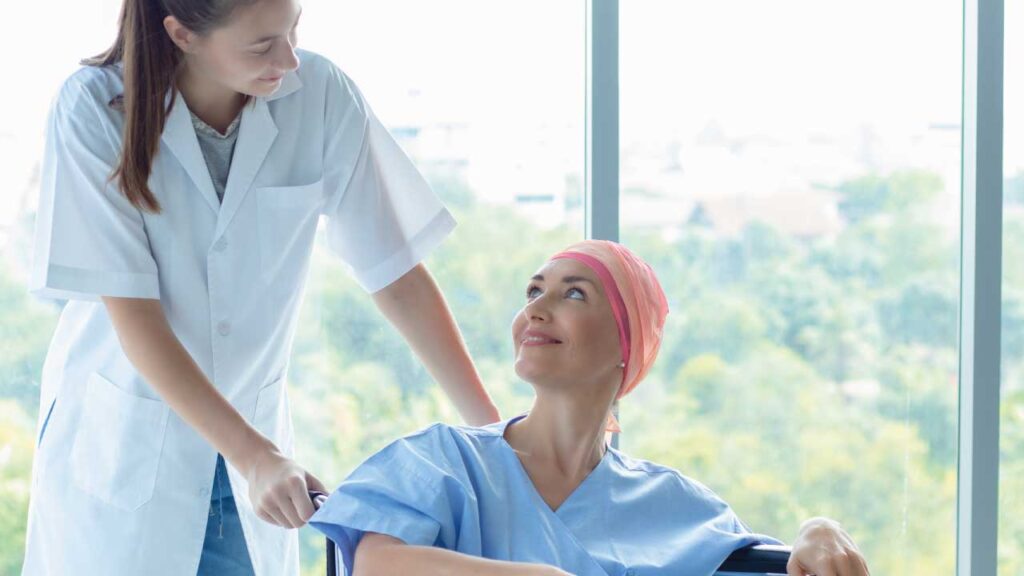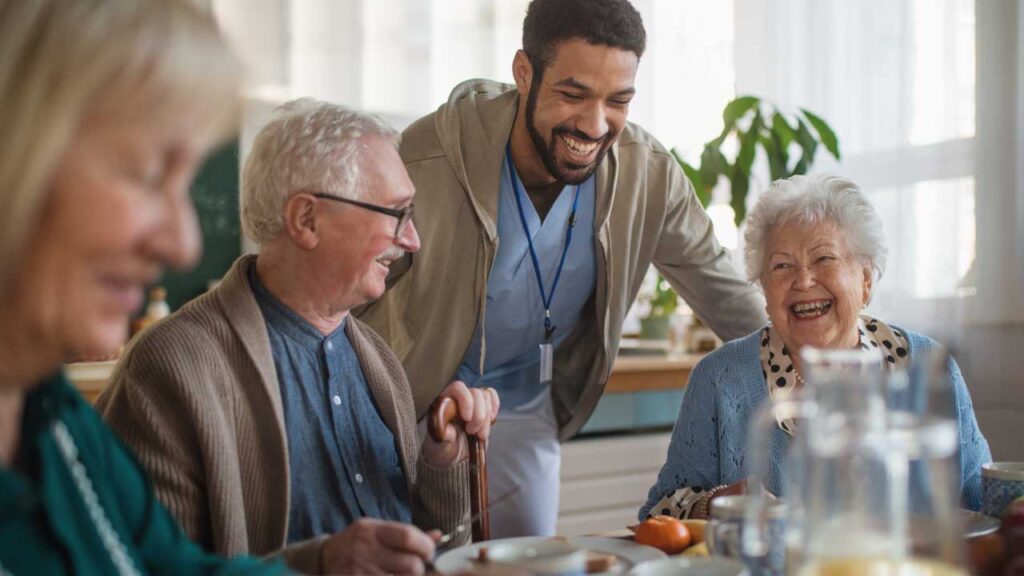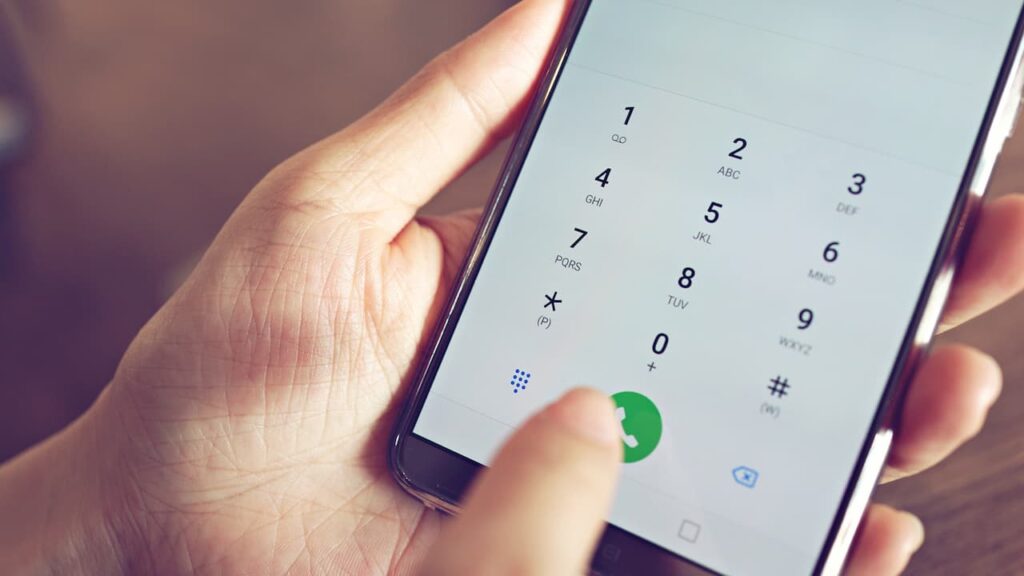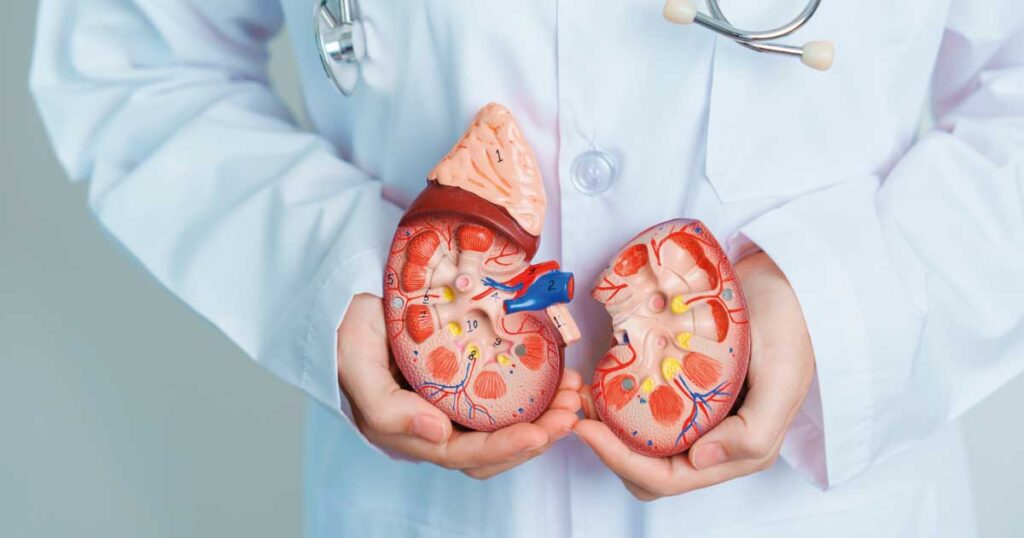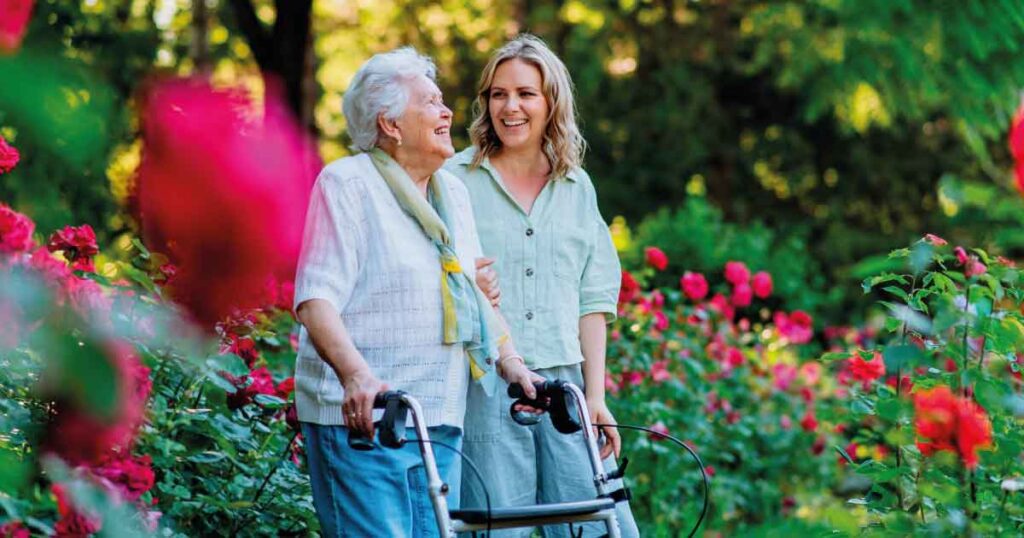Second medical opinion: your right to decide with confidence
The doctor explained everything to her calmly, but even so, a feeling of uncertainty remained in the air… Is this really it? Is there another option? If you’ve ever felt this knot in your stomach, you have every right to seek a second opinion. It’s not a lack of trust. It’s not disrespect. It’s care. It’s wanting to make a clear decision about what matters most: your health. After all, what is a second medical opinion? It’s exactly what it sounds like: listening to another doctor. In essence, it’s asking a second specialist to analyze your case, review the diagnosis or treatment proposed and give you their perspective. It could be through a new analysis of the medical history, requests for additional tests or simply a frank and enlightening conversation. The right to a second medical opinion is one of the patient’s fundamental rights and is provided for in the Charter of the Rights and Duties of the Patient, which means that anyone can and should use it whenever they feel the need. When to ask for a second medical opinion? The truth is that there is no “right” time for everyone. But there are situations where this step can make all the difference: The diagnosis was unclear or seemed uncertain You have a serious, rare or terminal illness You have several treatment options and you don’t know which one to follow Not responding to current treatment Feels they weren’t listened to at the first appointment The treatment proposal seems too invasive, experimental or risky The doctor is not a specialist in your specific condition Or simply… you still have doubts. There are also cases in which the doctor himself may suggest seeking another opinion and this should be seen as a sign of professionalism, not a cause for concern. How do I ask for a second medical opinion? First of all, take a deep breath: you’re not offending anyone by wanting to confirm a diagnosis. It’s your body, your health, your decision. Here are some steps that can help: Speak openly with your doctor. Tell them you’re thinking of getting another opinion so that you feel more secure. Many doctors understand and will even help you Collect all medical documentation. Exams, analyses, clinical reports, prescriptions – everything can be useful. If you don’t have these documents, ask the clinic or hospital for them. This is another patient right, guaranteed by law – you have the right to access your clinical information whenever you need it Choose the second specialist well. You can ask your family doctor for recommendations, your health insurance (many include this cover), go to specialized clinics or even turn to patient associations In the new consultation, be clear. Explain that you’re looking for a second opinion. At first, you can even choose not to share the first assessment straight away, to ensure an unbiased view. Then, with everything on the table, compare the opinions. What to ask at the consultation? Be prepared. Having a list of questions will help you not to forget anything important. And remember: there are no “dumb” questions when it comes to your health. Some questions you can ask: What exactly is my diagnosis? Are there other treatment options? What are the risks and benefits of each? What happens if I don’t do anything now? Would I recommend the same treatment to someone in my family? What if opinions differ? How do you decide? And when doctors don’t say the same? It happens more often than you think and can be disconcerting. The important thing is to stay calm and look at both opinions critically. Here are some tips to help you make your decision: Compare the arguments: which opinion do you think is better founded? Did the doctor explain the reasons clearly? Evaluate the degree of trust: with whom did you feel most comfortable and well-informed? A relationship of trust counts for a lot! Consult additional sources: you can read about the topic on credible health websites, talk to patient associations or even seek a third opinion Talk to both professionals: share your differing opinions and see if one of them re-evaluates their opinion. Sometimes this dialog can lead to a consensus. In the end, the most important thing is to feel safe and well-informed in order to make the best decision for you What if you have to go abroad? If you have a rare or serious illness, or if you need treatments that don’t exist in Portugal, you can ask for a second international medical opinion. Many health insurances already offer this possibility, including support for travel and subsistence costs. So check what your plan covers – it could open important doors. Need support to get to your appointment? Count on Ambula! If you are planning to ask for a second medical opinion and need help getting around comfortably and safely, Ambula is ready to accompany you throughout the process. Because taking care of your health also means making sure you get where you need to go, with peace of mind. Partilhar:
Second medical opinion: your right to decide with confidence Read More »

